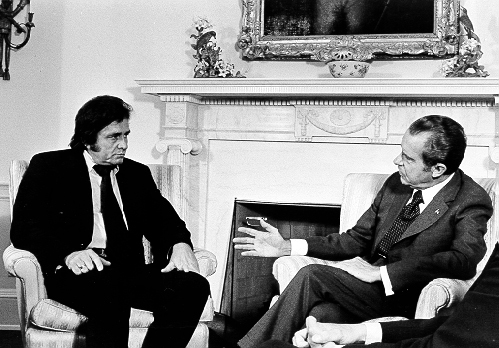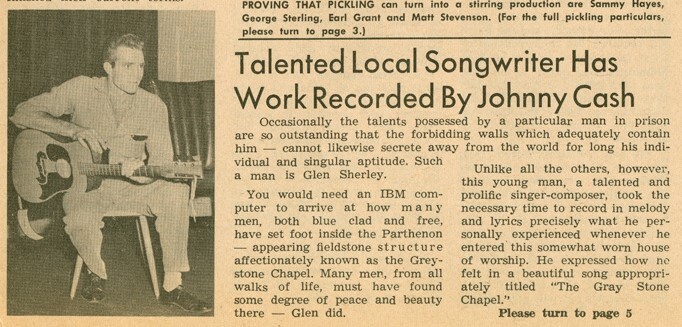Prison Reform
Cash returned to the White House on July 26, 1972, after testifying before the Subcommittee on National Penitentiaries in support of proposed legislation for prison reform. In his testimony, Cash advocated for the humane treatment of prisoners and appointing caring spiritual leaders inside penitentiaries.
Cash was also accompanied by former inmates Glen Sherley and Harlan Sanders, who were able to provide the subcommittee with accounts of their first-hand experience. You can read the full transcript of their statements here.
Cash first became interested in prison life after watching the film Inside the Walls of Folsom Prison, which inspired him to write “Folsom Prison Blues” to reflect his perception of life in lockup. After positive reception from inmates, Cash began touring at prisons. After a fortunate personnel change at Columbia Records, Cash jumped at the opportunity to record a live album at a prison – resulting in At Folsom Prison. This is actually when Cash became acquainted with Glen Sherley, who wrote “Greystone Chapel,” the final track on the album.


